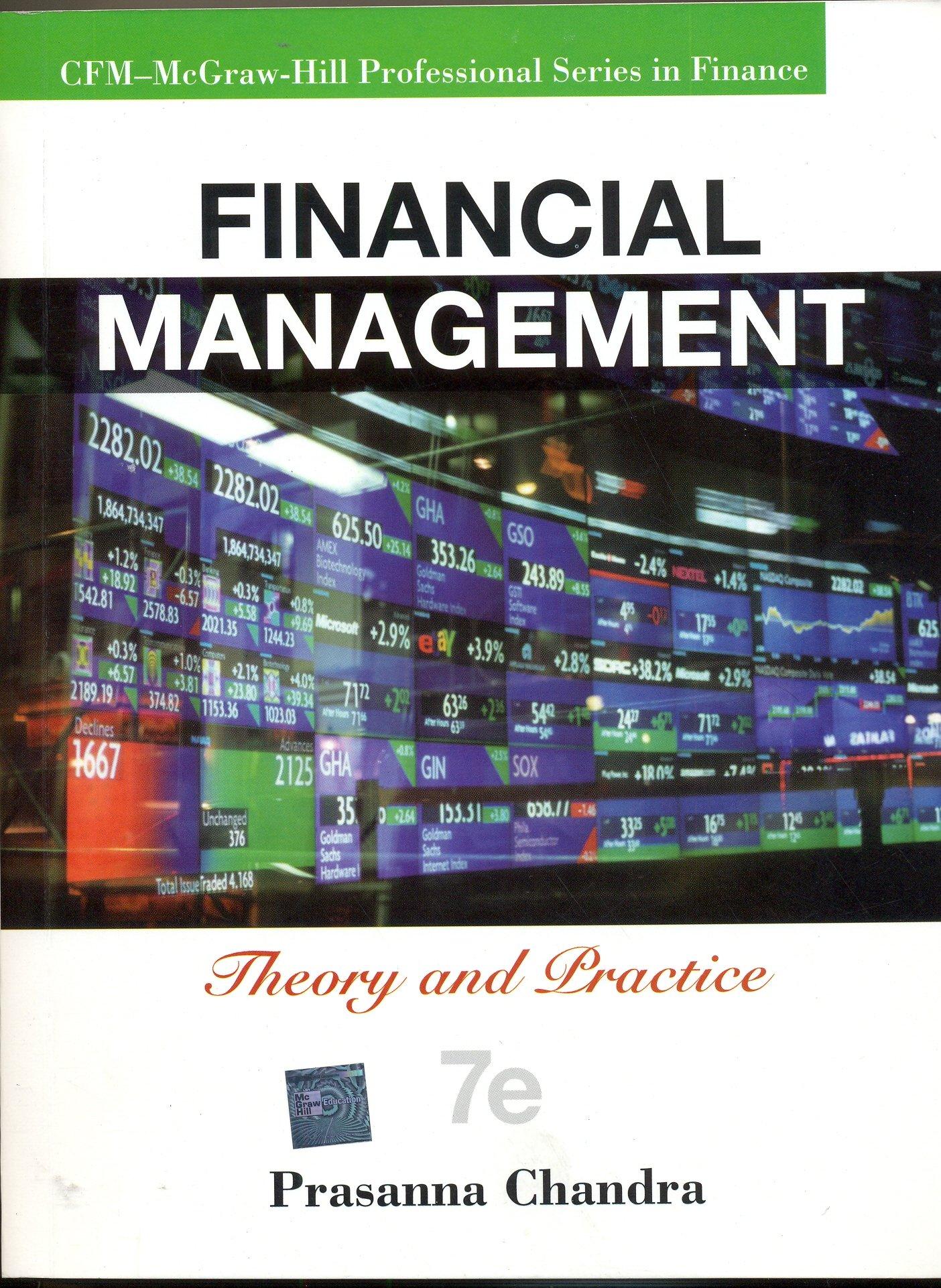Answered step by step
Verified Expert Solution
Question
1 Approved Answer
Consider the following demand and supply functions. Demand: D(p)=q=13018p and Supply: S(p)=q=45+11p a.) Assume there are no taxes imposed. Find the equilibrium price and quantity.


Step by Step Solution
There are 3 Steps involved in it
Step: 1

Get Instant Access to Expert-Tailored Solutions
See step-by-step solutions with expert insights and AI powered tools for academic success
Step: 2

Step: 3

Ace Your Homework with AI
Get the answers you need in no time with our AI-driven, step-by-step assistance
Get Started


